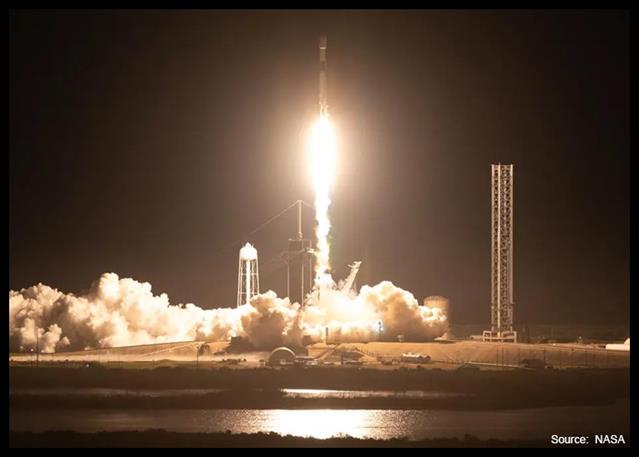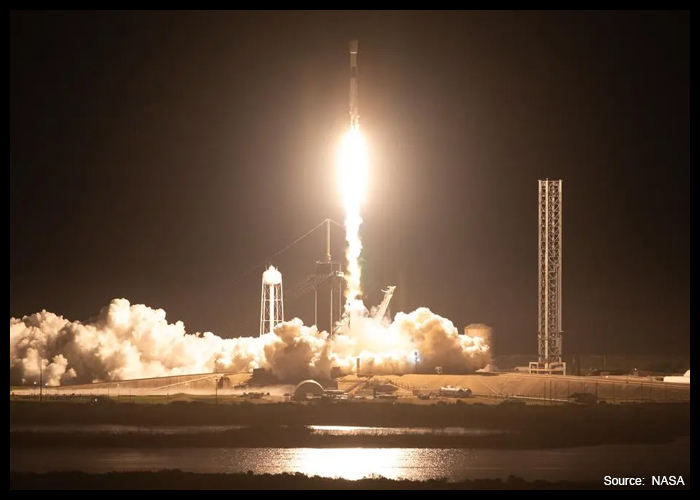
A suite of NASA science instruments and technology demonstrations is on the way to the Moon to provide insights into the lunar surface environment and test technologies for future landers and Artemis astronauts.
NASA said that at 1:05 a.m. ET on Thursday, Intuitive Machines’ Nova-C lander launched on a SpaceX Falcon 9 rocket from the agency’s Kennedy Space Center in Florida. The lander made communications contact with the company’s mission operations center in Houston. The spacecraft is stable and receiving solar power.
These deliveries are part of NASA’s CLPS (Commercial Lunar Payload Services) initiative and Artemis campaign, which includes new solar system science to better understand planetary processes and evolution, search for evidence of water and other resources, and support long-term human exploration.
“NASA scientific instruments are on their way to the Moon – a giant leap for humanity as we prepare to return to the lunar surface for the first time in more than half a century,” said NASA Administrator Bill Nelson. “We have so much to learn through CLPS flights that will help us shape the future of human exploration for the Artemis Generation.”
NASA said that while on its way to the Moon, the science instruments will measure the quantity of cryogenic engine fuel as it is used, and during descent toward the lunar surface, they will collect data on plume-surface interactions and test precision landing technologies.
Once on the Moon, the instruments will focus on investigating space weather/lunar surface interactions and radio astronomy. The Nova-C lander also will carry retroreflectors contributing to a network of location markers on the Moon for communication and navigation for future autonomous navigation technologies.
Copyright © 2024, RTTNews.com, Inc. All Rights Reserved.















